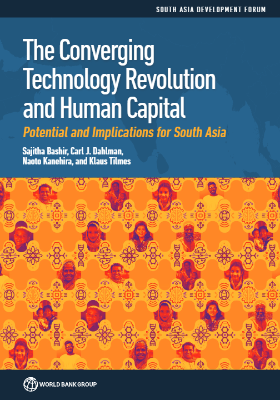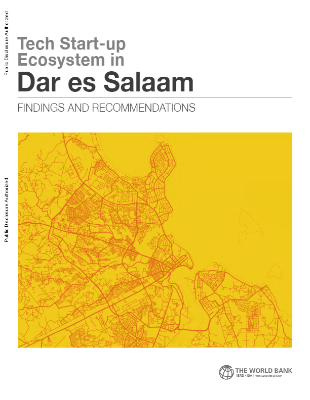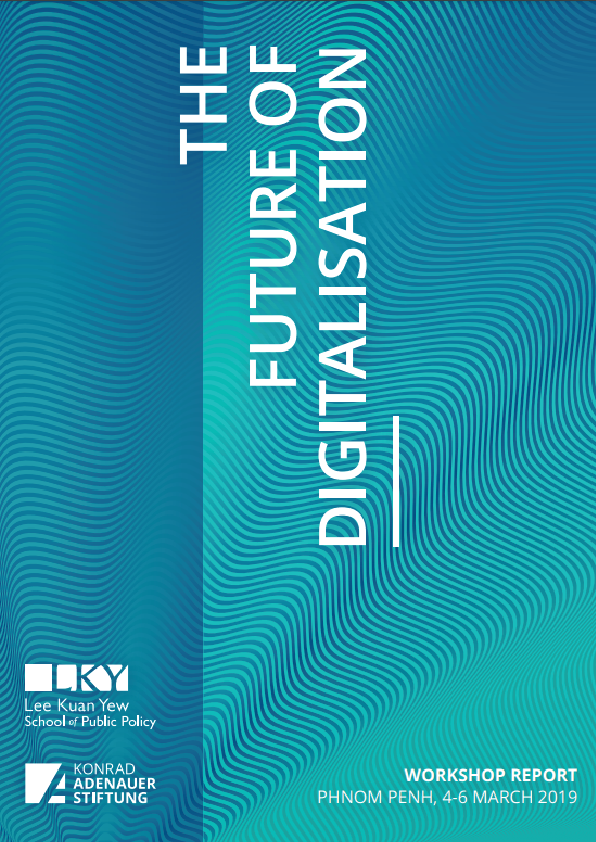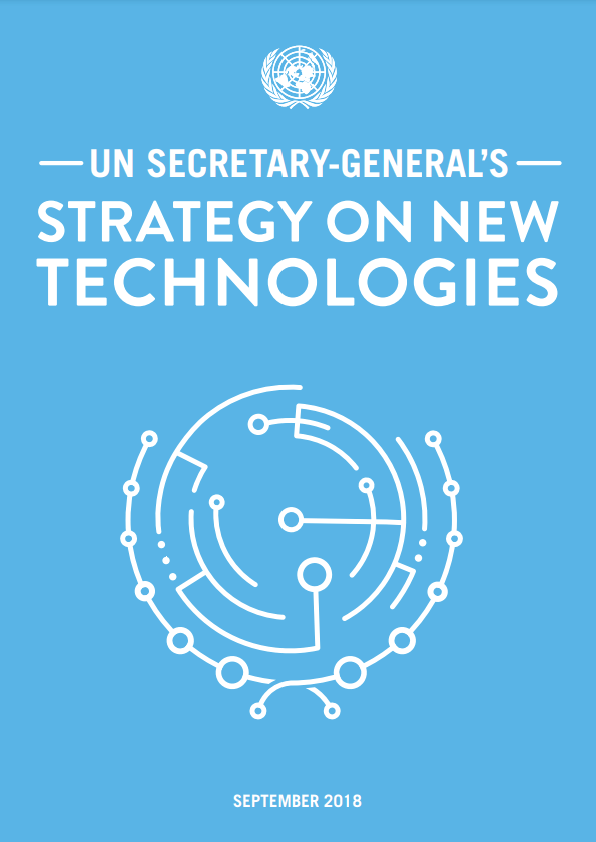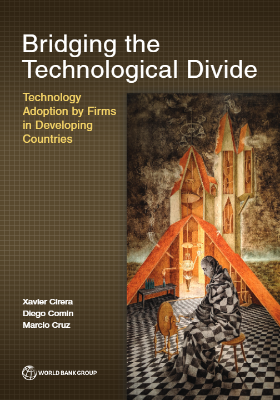South Asia’s human capital challenges are among the most serious in the world. They include high levels of child malnutrition, deep deficits in early learning, an ongoing infectious disease burden, the disempowerment of women, and pervasive structural inequalities. With the onset of the COVID-19 pandemic, recent gains in human capital outcomes began to be reversed, with catastrophic consequences for the most vulnerable in the population. Environmental degradation and climate change pose even more devastating risks through their pervasive effects on health and their potential for mass displacement.
COVID-19 has significantly worsened the human capital outlook across South Asia.1 Historical precedents, expert opinion, and the experience of countries in other regions affected by this pandemic suggest that further outbreaks of the disease are likely to continue in South Asia in new waves, with viral mutations from different parts of the world and the relatively slow global vaccine rollout adding to uncertainties about the pandemic’s severity and duration.
By the end of August 2020, within a few months of the start of the first wave of the pandemic, the region had reported 4.4 million infections and 75,000 deaths (officially).2 Highlighting the scale of direct and indirect impacts, preventive and curative health services were diverted to fight COVID-19, leading to poorer health outcomes for the most vulnerable. Almost 40 million children in Pakistan reportedly missed their polio vaccine drops after cancellation of the nationwide campaign in April 2020. Under-five mortality rates in all countries are likely to rise for the first time in decades. And across the region, deaths from tuberculosis, already one of the main causes of mortality, are expected to rise because people are unable to be diagnosed or complete their treatment regimens.
In education, widespread school closures in 2020 led to a loss in learning, which was already at a low level prior to the pandemic. Lockdown measures in South Asia in the early months of the pandemic in 2020 were more stringent than those in Europe or North America, resulting in almost 400 million children out of primary and secondary schools, with a disproportionately negative impact on girls. An estimated 5.5 million students may drop out of the educational system. The projected learning loss for the region for the first five months of school closures after the onset of the pandemic, when remote learning opportunities were relatively limited, is 0.5 learning-adjusted years of schooling. Initial estimates put the loss in lifetime earnings per student at US$4,400, which is equivalent to 5 percent of total earnings (World Bank 2020).
Meanwhile, the pandemic has led to staggering job losses and disruptions for migrants, which will have longer-term economic consequences. About 50 million jobs have been lost in South Asia in the first phase of the pandemic.3 The return to Nepal and Bangladesh of hundreds of thousands of migrants from India and to South Asia from the Gulf countries has had large negative multiplier effects on households, adding to the pool of job seekers. In a region with the lowest rate of social protection coverage in the world, these numbers have translated into an increase in poverty and insecurity for the most vulnerable.
